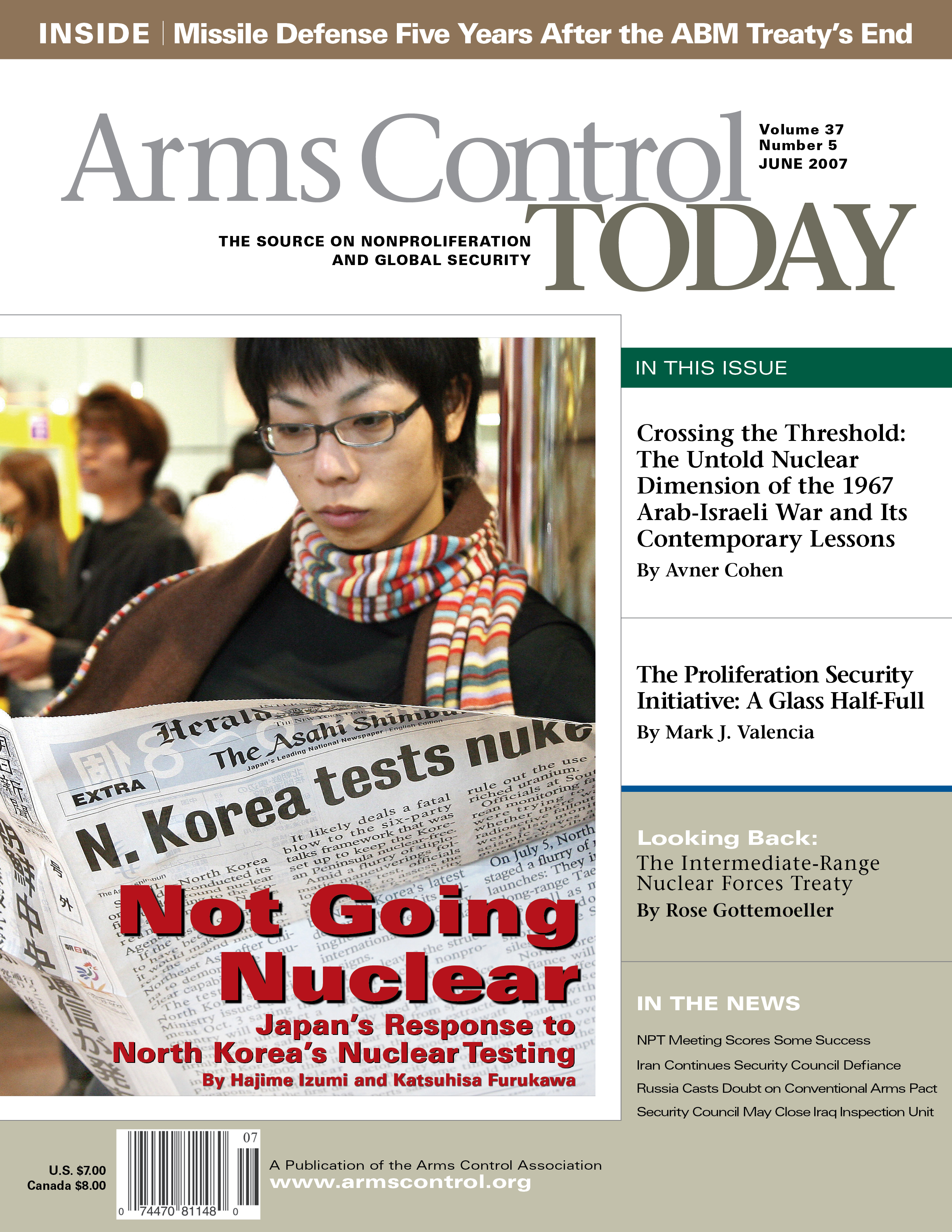"I greatly appreciate your very swift response, and your organization's work in general. It's a terrific source of authoritative information."
June 2007
Edition Date
Cover Image

October 17, 2016
June 2, 2007
June 2, 2007
June 2, 2007
June 2, 2007
June 2, 2007
June 2, 2007
June 2, 2007
June 2, 2007
June 2, 2007
June 2, 2007
